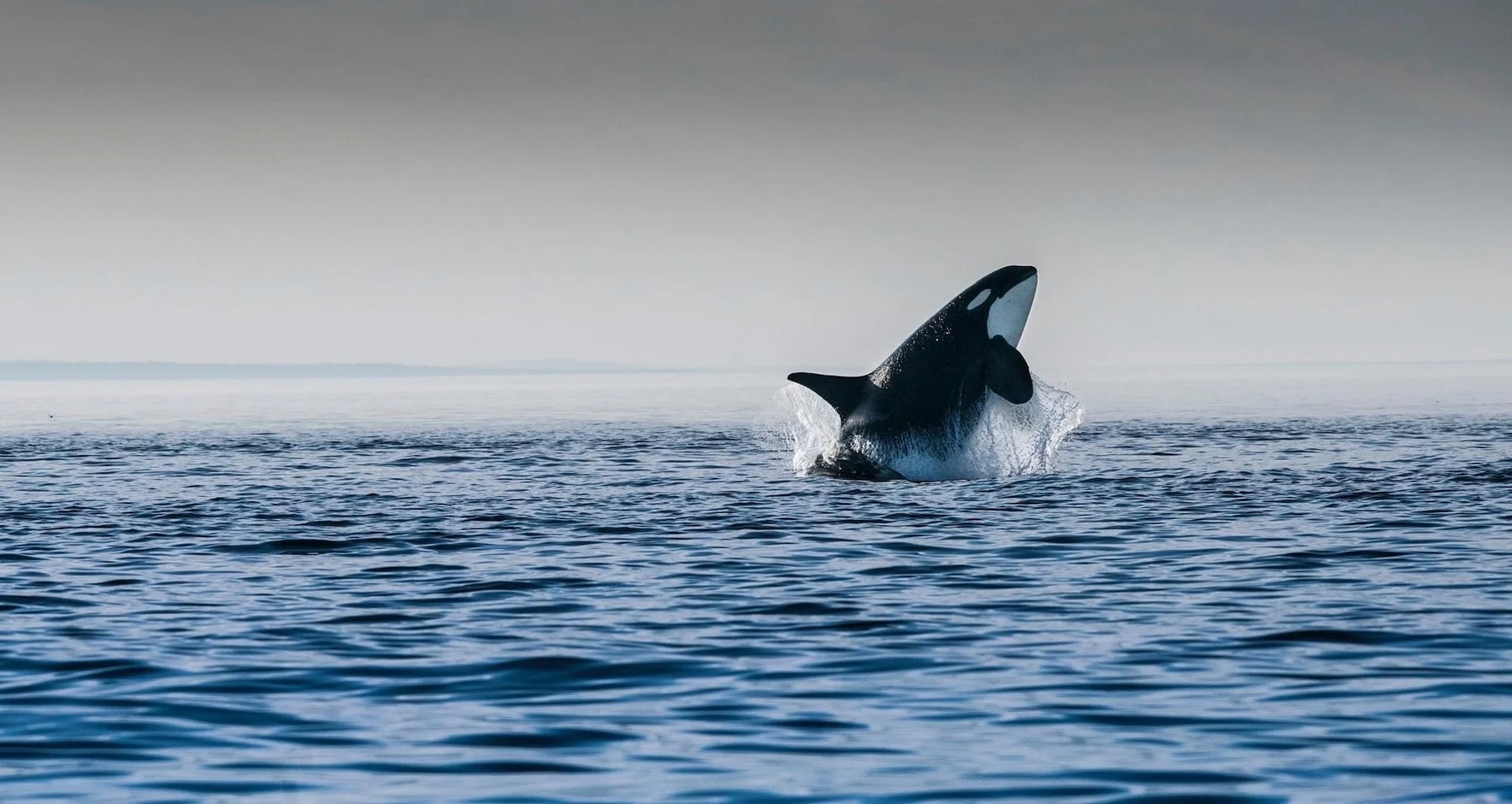
Oh my pod! Orcas moving en masse near N.L. astonish scientist
Whale researchers with the federal Department of Fisheries and Oceans recently spotted one of the largest pods of orca whales ever reported off the coast of Newfoundland and Labrador.
About 30 killer whales were found in a single pod during a recent aerial survey, leaving scientists trying to make sense of the unusual finding.
"For us it's really exciting because it's a rare event," DFO whale expert Jack Lawson said Tuesday.
The aerial survey takes place every three years.
Lawson said the missions are primarily focused on searching for the critically endangered North Atlantic right whale, but scientists still keep an eye out for other whale species during the flight.
"They happened to be out this day, about 100 nautical miles east-southeast of Cape Race and one of the observers saw this group of killer whales," he said.
"We've been collecting sighting records since the late 1700s, when the whaling period was on, and in all of that time there's only been maybe 10 groups of that size."
Pods more commonly number six whales or fewer, Lawson added.
The importance
The discovery of such a large pod means it's possible that researchers are finding more whales.
Lawson said there exists a photo database of about 100 known whales right now. With the 30 orcas found in the large pod, plus other smaller pods found along the way, he said, the database could be missing some identities.
Lawson is asking mariners to report any and all orca sightings. One report received Tuesday morning suggested another large pod of killer whales were seen following a fishing boat closer to shore., he said.
"In the last four days we've had almost 12 sighting events sent to me from as far back as five years ago. People are sending me records of killer whales and so it's been very useful," he said.
Whale sightings down
Lawson said there are historically fewer whale sightings in general over the summer.
"Usually we get a cluster of whales that come up — humpbacks in this case — through Witless Bay. That's all the whale tours you'll see out of St. John's and that area. They kind of hang around for a few weeks and slowly make their way north," he said.
"This year they were very quick through. They were there, seemingly, a very short period of time and those of us who were looking on boats and planes around the coast, the whales seemed more scattered than usual."
Lawson said that scarcity could be attributed to warming ocean temperatures as fish — as a primary food source — dive into deeper, cooler water or move through an area faster.
Whales that rely on that food source follow close behind.
"I think we might be seeing that now, where we're seeing whales moving through an area quickly, less abundant, further offshore — for instance, this group of killer whales," said Lawson.
This article was written for the CBC. With files from Carolyn Stokes. Header image: File photo/Steve Gordon.










